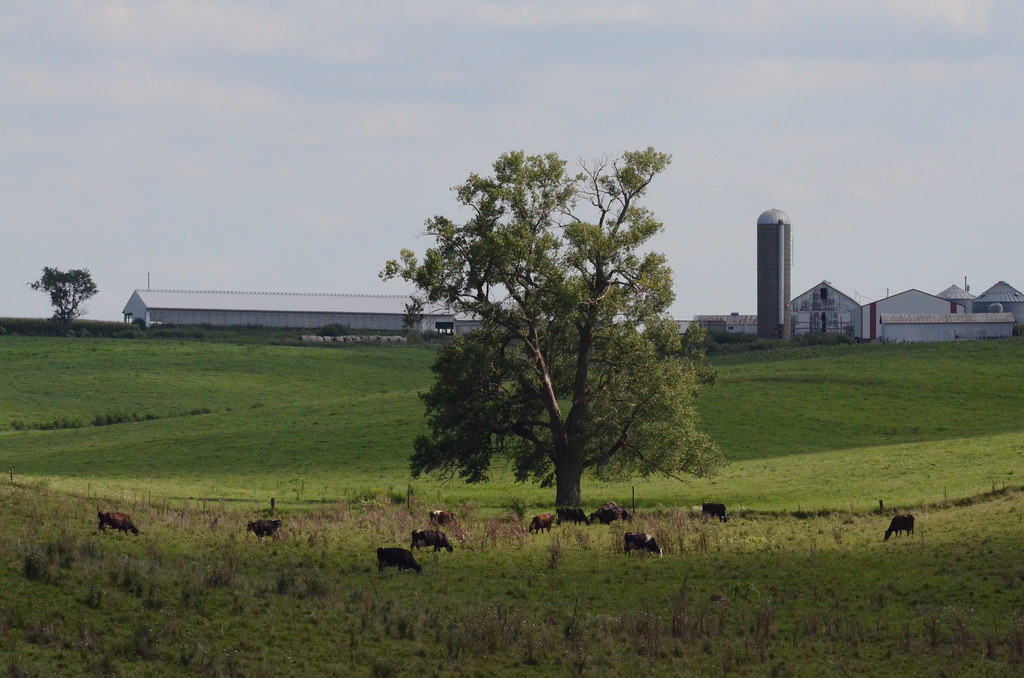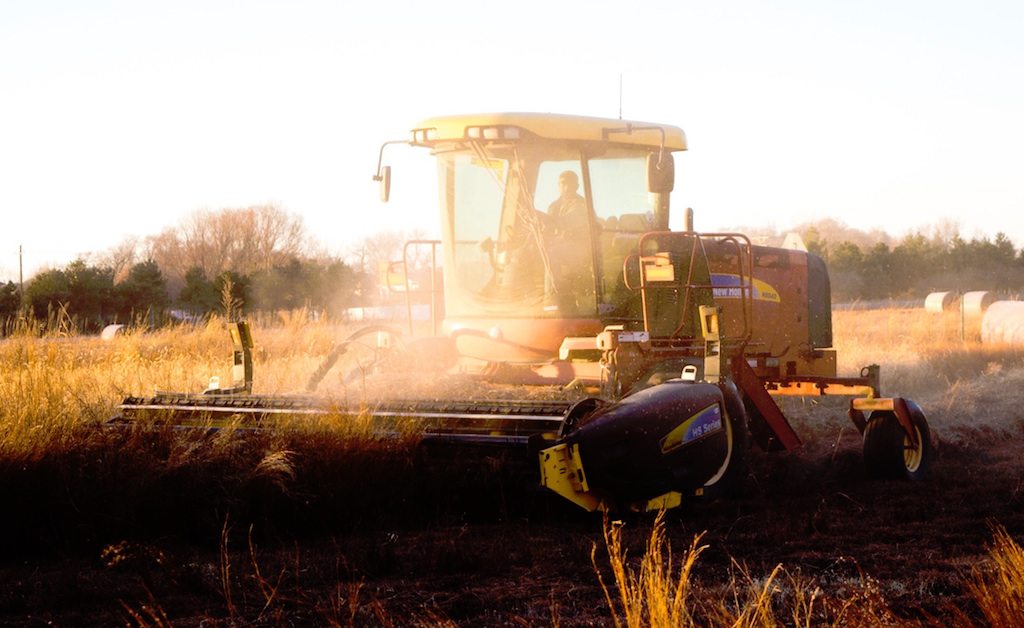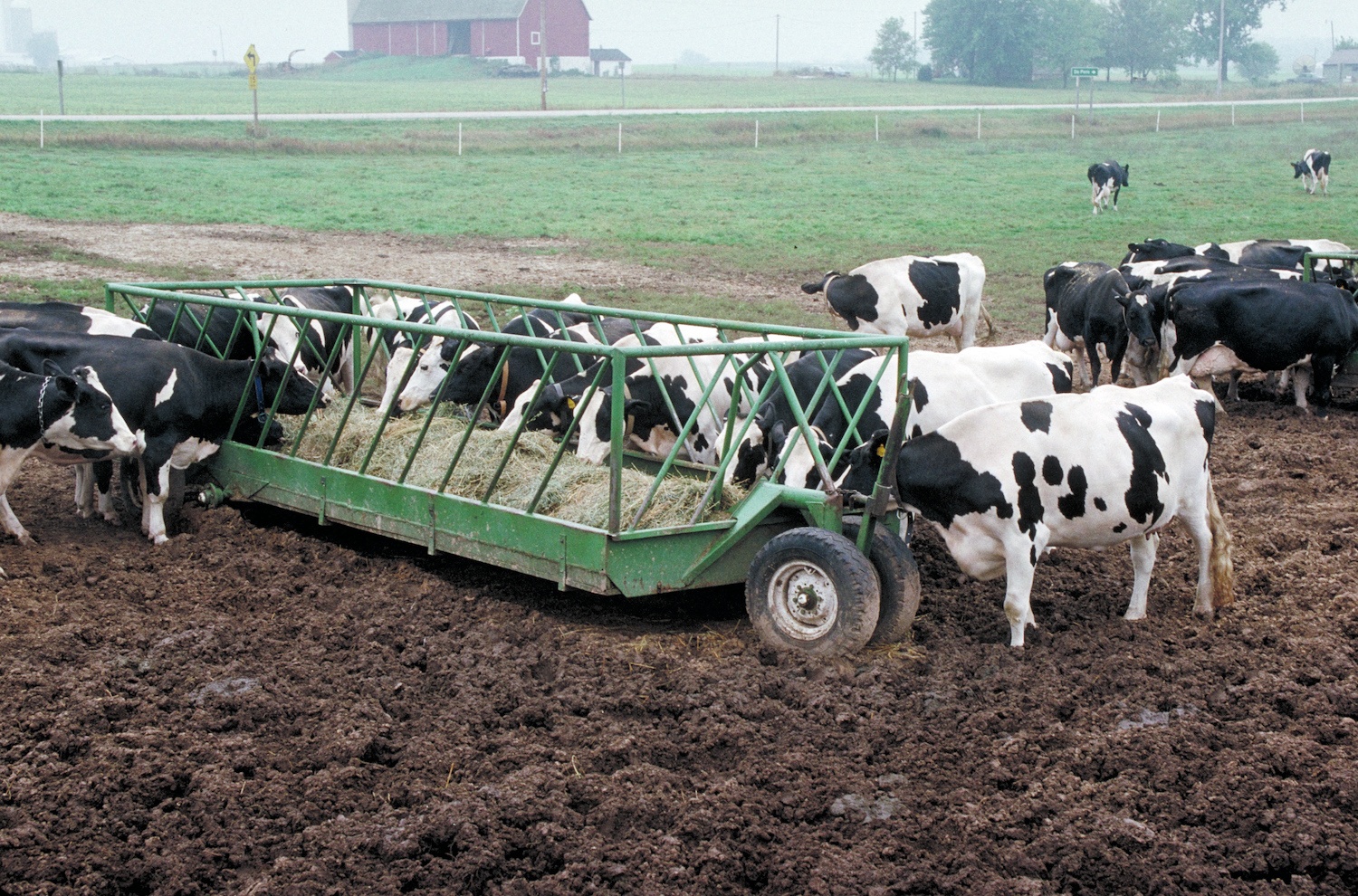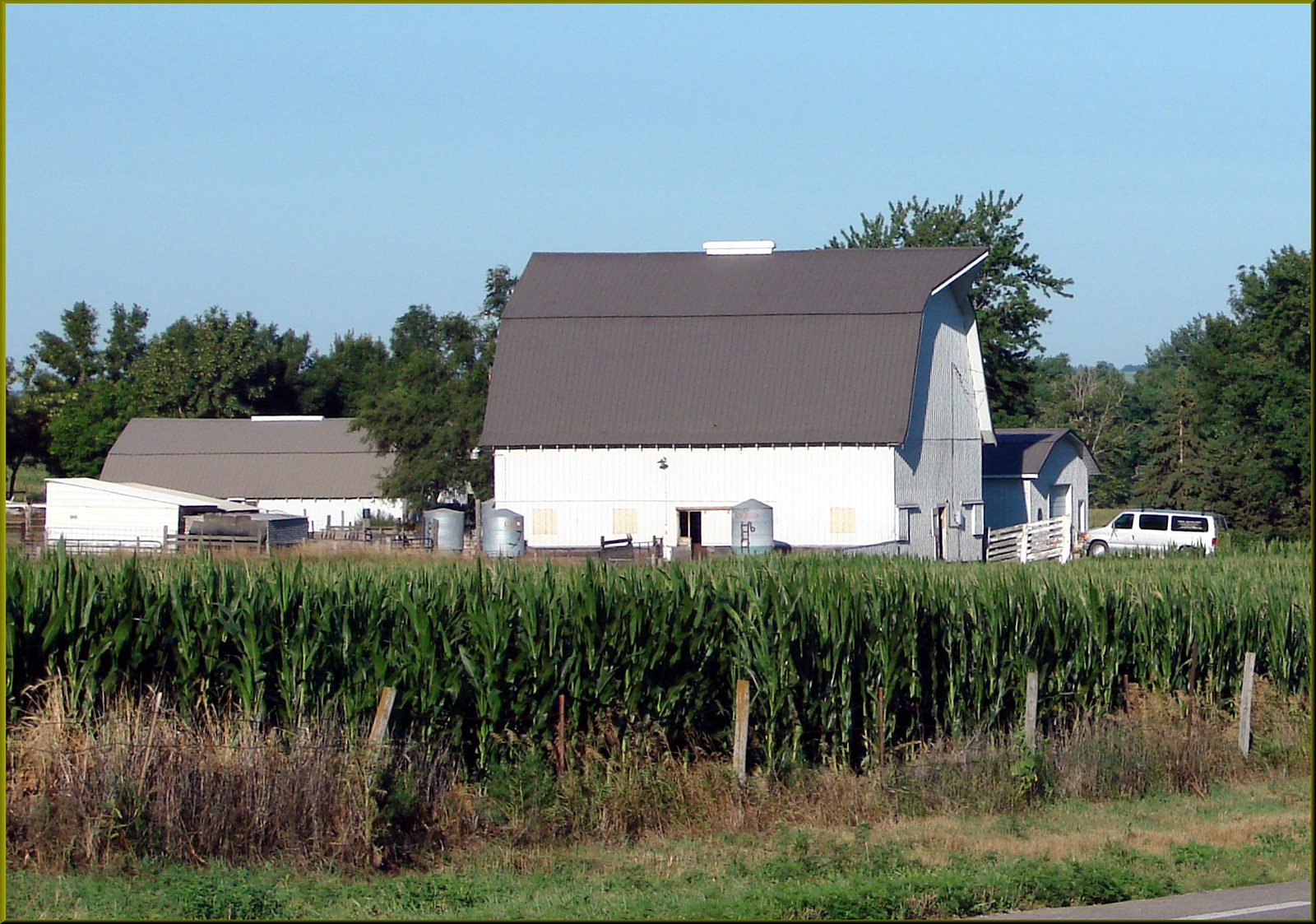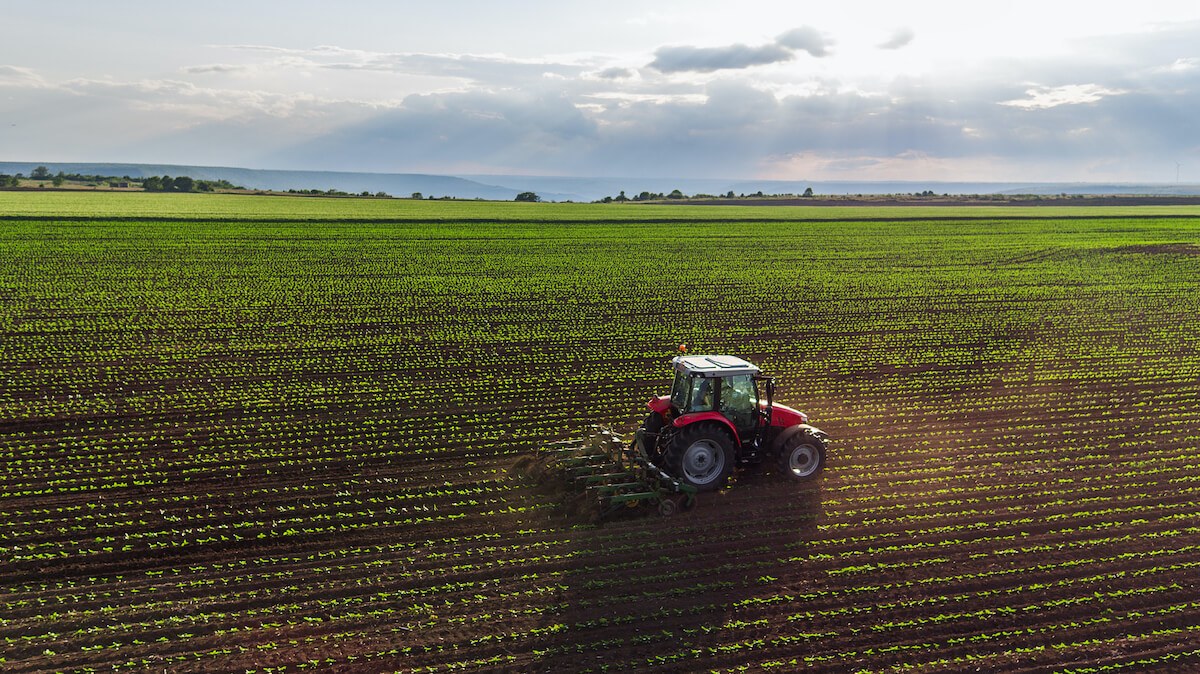GRAPHIC: For family farms, most income comes from far afield
by Amanda Pérez Pintado, Investigate Midwest/Report for America
10.20.2021, 2:07pm
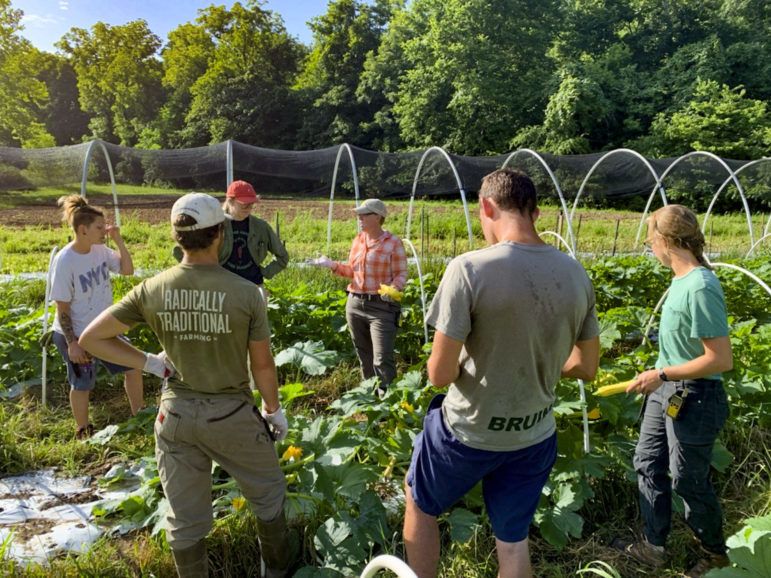

Off-farm income contributed an average of 82% of total income for family farms in 2019, according to a USDA analysis.
Off-farm income contributed an average of 82% of total income for family farms in 2019, according to a U.S. Department of Agriculture analysis.
This article is republished from The Midwest Center for Investigative Reporting. Read the original article here.
Almost all farm households in 2019 derived some income from off-farm sources, such as pensions, investment income, or wages and salary from an off-farm job. But small family farms — defined in this instance as having income less than $350,000 — depended on it the most.
About half of U.S. farms, according to the USDA, are considered very small, with annual farm sales under $10,000. Small-scale operators of these farms tend to rely on off-farm sources for most of their household income.
In small “off-farm occupation” farms, where the operator reports a main occupation that’s not farming, off-farm sources of income in 2019 made up 84% of all earnings.
In contrast, “very large” farms, with an annual gross cash farm income of $5 million or more, earned only 7% of their total income from off-farm sources in 2019.
Amanda Perez Pintado is a corps member with Report for America, a national service program that places journalists into local newsrooms.

Amanda Pérez Pintado, Investigate Midwest/Report for America is a corps member with Report for America, a national service program that places journalists into local newsrooms.
Keep Reading
Get a weekly dish of features, commentary and insight from the food movement’s front lines.

